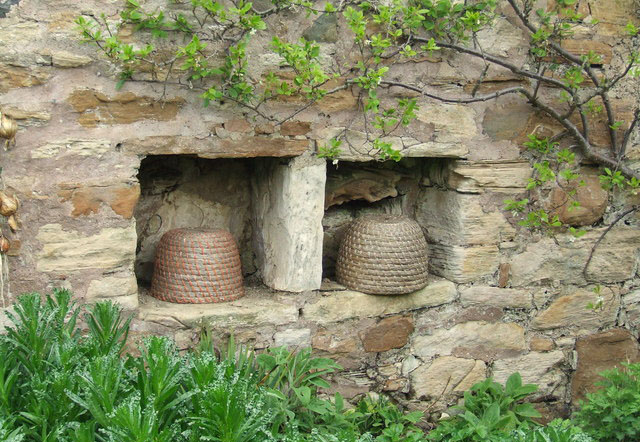Bees for Keeps
The niches created for bees in some of Britain’s castles were an important source of food, lighting and even defence, writes Gene Kritsky.

Among their arrow-slits and towers, a handful of castles in Scotland and England have curious niches built into their crenellated walls. These niches provided shelter for straw beehives and are known as bee niches or bee boles. Beekeeping fulfilled many of the demands of castle life: honey was an important sweetener and used in the making of mead, while candles made from beeswax illuminated religious ceremonies and served as a means of timekeeping. Beehives could also serve as defensive weapons. A 1326 manuscript written by Walterus de Millemet includes a remarkable diagram of a device that could propel straw beehives over castle walls, spreading panic and confusion among attackers.





